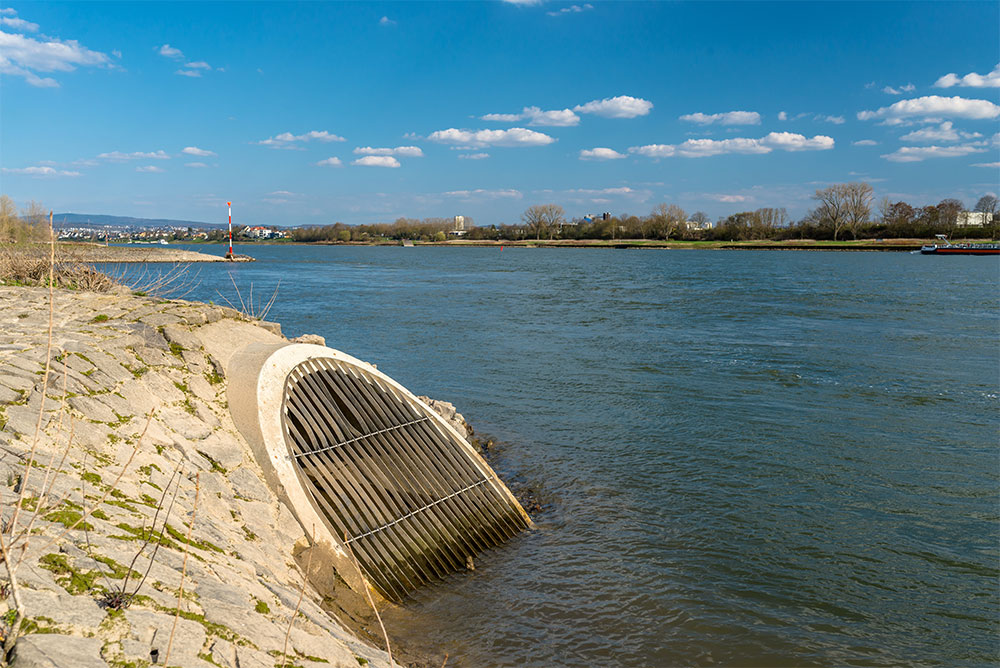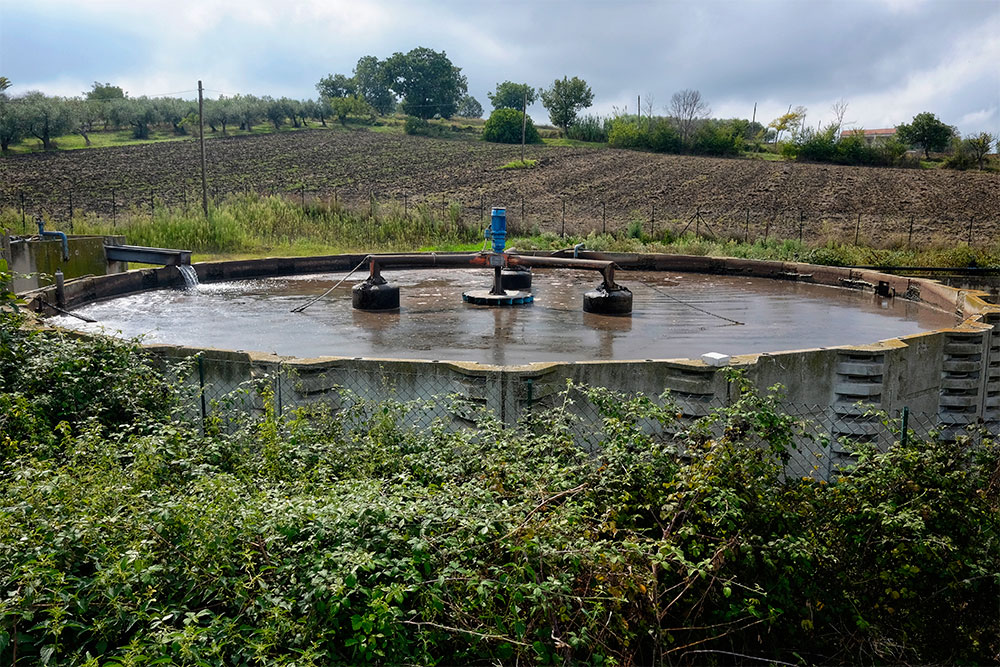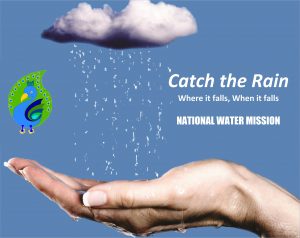
The 21st century is facing various climatic disturbances due to excess human involvement that is changing the way mother nature works. The world today is heading towards a water quality disaster resulting from constant and unstoppable – harmful food production practices, population growth, unnecessary urbanization, land-use change, increased living standards, industrialization, wastewater management strategies, and poor water use practices.
Lack of better Wastewater management strategies directly affects the biological diversity of aquatic environments. Resulting in the disruption of life support systems’ integrity on which a wide range of sectors such as urban development, food production, and industries, depends. Wastewater management must be considered an important part of our day-to-day activities. There is an urgent requirement for an integrated waste management system based on the full life cycle of our ecosystem. This structure should include all three dimensions of sustainable development – Social, Economical and Environmental, including freshwater and marine waters to properly manage wastewater.
India is highly vulnerable to the changes happening in the water supply. Climate change is affecting the monsoon that is impacting the agricultural capacity of the country. Destroying more than 60% of the Indian population that is dependent on agriculture for their livelihood and almost two-third of the cultivation is rain-fed.
Several programs have been initiated by the Government of India – ‘Smart City Mission’ and ‘Make in India’ campaigns. But they need to be reviewed by the water and the environment lens so that our youth understands the importance of Wastewater Management.
The urban areas are under tremendous pressure due to increased water demand and complicated water consumption patterns arising from small but densely populated areas. Presently this huge water demand is being met by transporting water from as far as hundreds of kilometers. This is one of the most inefficient ways of water transportation and consumes a lot of energy too. Therefore, a local level solution is the need of the day for sustaining better water management – reuse of treated wastewater would be one of the massive steps in achieving water security.
Around 80% of water flows back into our ecosystem as wastewater. If this water is not treated properly, it will pose a threat to health and the environment. But with appropriate management can meet the water demand too for that particular area. According to the 2015 report of the Central Pollution Control Board, India currently treats approximately only 37% of its wastewater i.e. 22,963 million liters per day. While the country’s daily sewage generation is approximately 61,754 MLD. Additionally, many sewage treatment plants do not work to their fullest capacity and also their functionality does not conform to the prescribed standards of wastewater management scheme.
Nature has been bountiful to us. The water resources will not change whereas wastewater production is on an increase every passing second. The infrastructure and management systems around the country are not adequate and is not ready for such increasing volume.
Freshwater and coastal ecosystems are the victims of wastewater contamination threatening access to safe drinking water, food security, and clean bathing water. It is one of the major challenges to health and environmental management. Almost 90% of wastewater that flows into the densely populated zones is untreated and unhealthy for consumption. Out of this, the water that flows in the coastal zones creates marine dead zones in the country. Resulting in further losses in biodiversity, wastewater mismanagement is causing disbalance in our ecosystem and also to a more sustainable future.
Adoption of better wastewater management strategies is essential and must contemplate both solid waste and wastewater to properly allocate the resources. Innovation is at the heart of treating wastewater but government oversight and public management should also be considered at the same time.

Wastewater management can only be achieved by managing the entire water chain. It is crucial to understand that it is an integrated part of our sustainable ecosystem across borders, freshwater, and marine.
Expanding agriculture to feed the escalating urban population defines how we use and reuse water. A cocktail of existing and new wastewater management approaches is the need of the hour. The funding mechanisms for the above are to be introspected with great urgency too.
Sustainability in Travel: Village Ways – New Approaches to Sustainable Tourism in Rural India
Soon, finding ways to reduce, optimize, and recycling water will become increasingly vital. Wastewater is now being used for fertilization and irrigation but reducing the production of wastewater should be the primary objective throughout the wastewater management structure.

The usage of wastewater in agriculture is directly linked to health advantages. This includes the production of food, mainly vegetables, and generating biogas, thus converting the nutrients contained in the wastewater into natural resources. Treated wastewater from sewage treatment processes contains nitrogen, phosphorus, and potassium that are required by agriculture. It is estimated that the major population of the country relies on food grown with intreated and contaminated water. But without proper wastewater management, food production from untreated water can pose a serious health risk. Untreated wastewater is distributed among the unregulated sector that benefits the rural population especially the farmers who gain access to water for irrigation.
Adoption of better wastewater management strategies is essential and must contemplate both solid waste and wastewater to properly allocate the resources. Innovation is at the heart of treating wastewater but government oversight and public management should also be considered at the same time. There are initiatives from Government of India like “Catch the Rain” to nudge the states and stake-holders to create appropriate Rain Water Harvesting Structures (RWHS) suitable to the climatic conditions and sub-soil strata before monsoon.

Under this campaign, drives to make check dams, water harvesting pits, rooftop RWHS etc; removal of encroachments and de-silting of tanks to increase their storage capacity; removal of obstructions in the channels which bring water to them from the catchment areas etc; repairs to step-wells and using defunct bore-wells and unused wells to put water back to aquifers etc are to be taken up with the active participation of people.
Leave a Reply